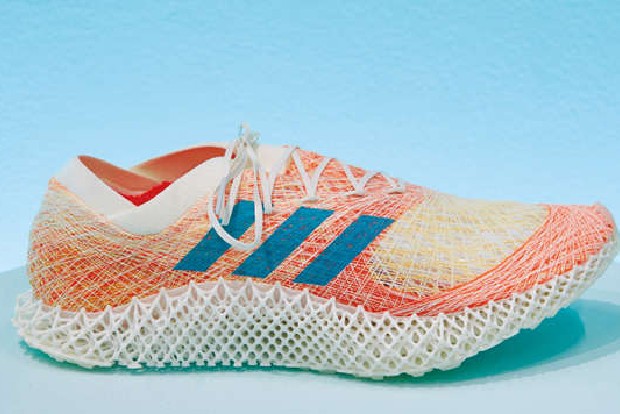Begin typing your search...
Front and centre: Decoding the art of the sneaker
Do you know your SMU from your player exclusive, or the most traded pair of sneakers in history? The top 10 sneaker consumers by country? The answers lie in “Sneakers Unboxed: Studio to Street,” an ambitious new exhibition that opened at the Design Museum in London this week.

Chennai
It offers proof positive, if any were needed, that we are living in the age of the sneaker. Driven by a mix of consumer demand, savvy brand marketing, manufacturing innovation and internet-propelled hype, sneakers are both a dominant fashion sector worth around $115 billion a year, according to estimates by the market research group NPD, and an increasingly valuable collectors’ asset class.
Kanye West’s first sample pair of Yeezys — black leather high-tops he wore to the 2008 Grammys — sold for $1.8 million at Sotheby’s in April. They became the most expensive sneakers ever, smashing a previous record of $560,000 set last year for a pair of Nike Air Jordan 1’s worn in a game by Michael Jordan. A growing resale market fuelled by the popularity of platforms like StockX and Goat suggests that there are now millions of consumers more interested in trading the products than wearing them.
Sneakerhead culture is even thriving in the solely digital realm, with the March release of Gucci’s Virtual 25, a fluorescent slime green pair of virtual wearables widely available for $17.99, and a trio of NFT sneaker designs that netted $3.1 million via the purchase of 621 pairs in just seven minutes earlier this year. And, as Louis Vuitton’s men’s wear director Virgil Abloh wryly noted last year, many young people “may value sneakers more than a Matisse.” But are they really an art form?
“Like many functional everyday fashion items, there is ongoing debate around whether sneakers should be viewed as art and given the same kudos now that they have a similar trading model and are also the subject of museum shows,” said Ligaya Salazar, the curator of “Sneakers Unboxed.” But what is not in doubt, she said, is that they should “be seen as part of design culture and worthy of academic discussion.”
To that end, the show, which features more than 270 pairs of sneakers, charts the history and evolution of the shoe from a rubber-soled sports plimsoll in the early 1900s to an emblem of cool propelled by youth cultures. It analyses their role as a canvas for political commentary and projection, as well as the increasingly ferocious global design and innovation arms race between competing brands.
Paradoxically, because of the inevitable wear and tear placed on shoes when they are used, and because of manufacturing shifts in the latter part of the 20th century toward emerging economies and particular combinations of bonding glues and rubber, some of the sneakers on display from the early 1900s — take a pair of Converse Big Nine basketball shoes from 1919 — are in better condition than many of those from the 1990s.
“Ultimately, with sneakers, you cannot preserve them in their best condition unless they haven’t been worn at all,” Salazar said, adding that there was a period of disconnect when brands were producing sneakers purely for sports purposes and under the assumption that they would eventually be thrown away. Now, repair and remaking services, as well as customisation, are an increasingly important component of mainstream sneaker culture.
Elizabeth Paton is a reporter with NYT©2021
The New York Times
Visit news.dtnext.in to explore our interactive epaper!
Download the DT Next app for more exciting features!
Click here for iOS
Click here for Android
Next Story



